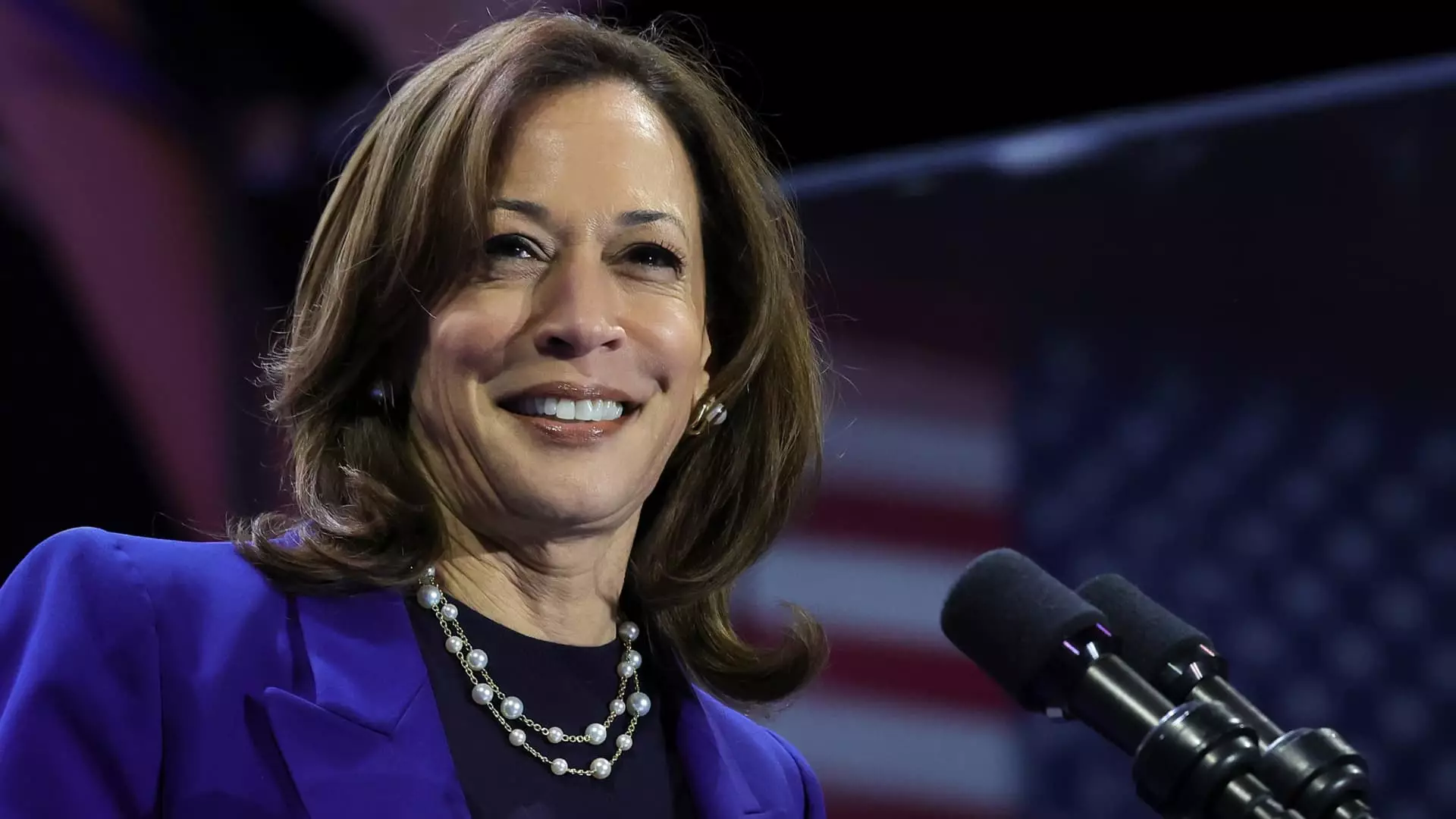In an unexpected turn of events, a recent poll reveals that Kamala Harris holds a slight lead over Donald Trump in Iowa, with figures showing 47% support for Harris against Trump’s 44%. This poll, released just days before Election Day, signifies a notable shift in the political landscape of a state traditionally viewed as a Republican stronghold. For Trump, who has dominated Iowa in the previous two presidential elections, this decline in voter support raises questions about his campaign strategy and its effectiveness in the current political climate.
Conducted by Selzer & Co., this poll surveyed 808 likely voters in Iowa over a four-day period. With a margin of error of 3.4 percentage points, Harris’s lead may not be definitive but suggests a remarkable 7-point swing from earlier polls conducted in September. This dramatic shift has surprised analysts, as many had anticipated Trump to maintain a comfortable lead in the state. J. Ann Selzer, the respected pollster behind the survey, underscored the unpredicted nature of these findings, stating, “It’s hard for anybody to say they saw this coming.”
Polling data can often be misleading; the credibility of the pollster plays a crucial role in shaping the analysis. Selzer’s reputation in the political arena lends credence to these numbers, compelling both campaigns to take notice. Yet, it’s crucial to recognize that polls are snapshots in time; voter sentiment can change rapidly in the final days leading to an election.
Harris’s lead is predominantly supported by female voters, especially among older and independent demographics. This demographic analysis is vital, as shifts in voter blocs can often determine the outcome of tight races. Understanding the interplay of gender and age can provide insights into the key issues resonating with Iowa voters. Selzer highlighted, “Age and gender are the two most dynamic factors that are explaining these numbers,” offering a clear indicator of what may be driving voter preferences in the final stretch of the campaign.
In contrast, Trump’s campaign is facing the challenge of an independent candidate, Robert F. Kennedy Jr., who despite suspending his campaign, remains on the ballot and appears to be capturing some voter attention. This dynamic could further complicate the electoral landscape for Trump, who previously enjoyed overwhelming support in the state.
In response to the poll, Trump’s campaign characterized it as an “outlier,” pointing to alternative data suggesting a different narrative – notably, a recent Emerson College poll positioning Trump at 53% to Harris’s 43%. This divergence in polling results highlights the inherent uncertainties in electoral predictions, as different methodologies and sample selections can yield contrasting outcomes.
As Election Day nears, it will be critical to monitor how these competing narratives influence voter turnout and engagement in Iowa. The outcome in this state, which has often been a bellwether in presidential elections, may not only affect the candidates’ campaigns but could also foreshadow the broader dynamics at play in the national political arena. Ultimately, whether Harris’s lead holds or shifts back in Trump’s favor will be a telling indicator of the current political sentiment among American voters.

Leave a Reply